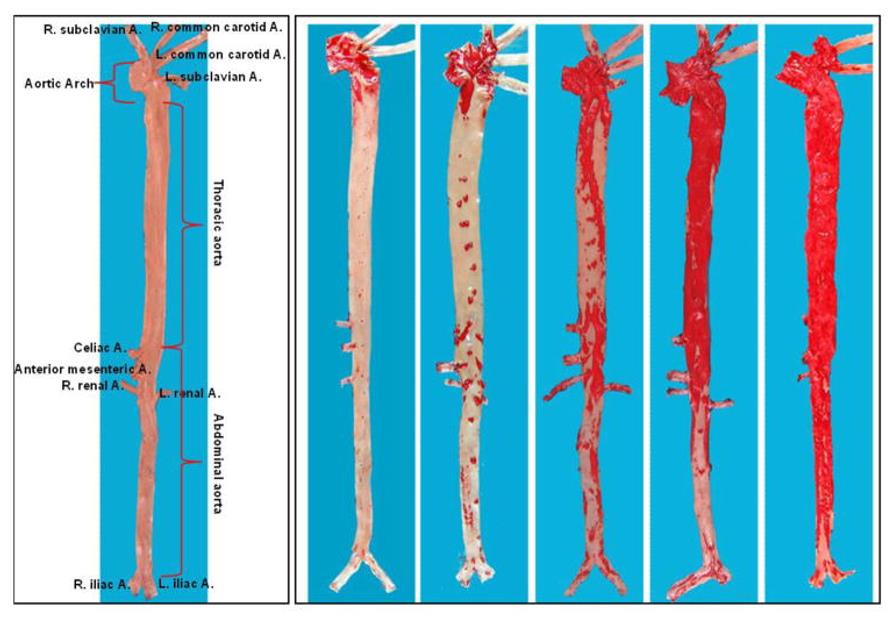
Our promise to you:
Guaranteed product quality, expert customer support.
 24x7 CUSTOMER SERVICE
24x7 CUSTOMER SERVICE
 CONTACT US TO ORDER
CONTACT US TO ORDER
CRISPR Rabbit for Cardiovascular Disease Research 
Rabbits are one of the most commonly used experimental animals to study cardiovascular disease and lipid metabolism mechanisms in humans because they are phylogenetically closer to humans than rodents (mice and rats). As in humans, Apo B-containing particles are the major cholesterol-carrying lipoproteins in rabbit blood, especially when fed a cholesterol-rich diet. In addition, rabbits possess cholesteryl ester transfer protein (CETP), a key regulator of HDL levels and cholesterol metabolism in humans. The use of CRISPR-Cas9 gene editing technology in rabbits for cardiovascular disease research is an exciting and promising development in the field of genetics. As a result, wild-type and transgenic rabbits are widely used to study human lipid metabolism and related cardiovascular diseases, including atherosclerosis.
 Fig. 1 Gross lesions of aortic atherosclerosis in cholesterol-fed rabbits. (Fan J, et al., 2015)
Fig. 1 Gross lesions of aortic atherosclerosis in cholesterol-fed rabbits. (Fan J, et al., 2015)
Solution
Creative Biogene uses CRISPR-Cas9 gene editing technology to precisely modify genes associated with cardiovascular disease (such as atherosclerosis or heart failure) in rabbits. By using the CRISPR-Cas9 system, we can delete or edit specific genes that contribute to the development of cardiovascular disease in rabbits, and then observe the effects of these modifications on the animals. This approach could lead to the development of new treatments and therapies for cardiovascular disease. With the help of gene-edited rabbits, you can better understand the underlying biology of these diseases and ultimately develop new therapies and diagnostics to improve human health.
We offer gene edited rabbits for the study of human lipoproteins and atherosclerosis, including but not limited to
- ApoCIII KO rabbits: genetic deletion of the apoCIII gene in KO rabbits significantly accelerate the catabolism of TG-rich lipoproteins in the liver. apoCIII deficiency leads to resistance to cholesterol diet-induced hyperlipidemia and suppresses atherosclerosis in KO rabbits.
- ApoE KO rabbits: pure-compatible apoE KO rabbits on a normal diet exhibit only mild hyperlipidemia, and when apoE KO rabbits are fed a cholesterol diet, they develop more significant hypercholesterolemia than WT rabbits.
- LDL receptor KO rabbits: pure LDL receptor KO rabbits develop spontaneous hypercholesterolemia and atherosclerosis.
- CETP KO rabbits: When fed a cholesterol-rich diet, CETP KO rabbits exhibit higher HDL cholesterol levels and lower total cholesterol levels compared to WT rabbits.
Our Process
The process begins with assessing the feasibility of a CRISPR knockout or knock-in design for your target gene, followed by a rabbit model production process. The timeline from project initiation to founder or germline transmission of rabbits is estimated to be approximately 12 months. If you would like to start discussing your custom rabbit model project with us, please submit your request for a quote.
Related Services
Related Products
CRISPR/Cas9 PlatformCB has long been engaged in the design and experimentation of products related to gene editing rabbits. Our gene editing rabbit platform can build animal models of cardiovascular disease that accurately mimic human clinical mutation loci, providing ideal disease model rabbits for drug screening. If you are interested in our services, please feel free to contact us.
Reference:
- Fan J, et al. Rabbit models for the study of human atherosclerosis: from pathophysiological mechanisms to translational medicine. Pharmacol Ther. 2015, 146:104-119.